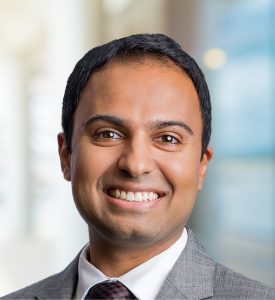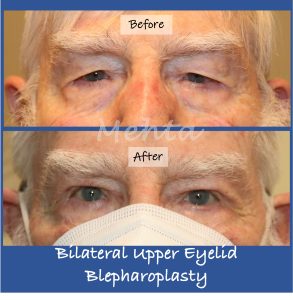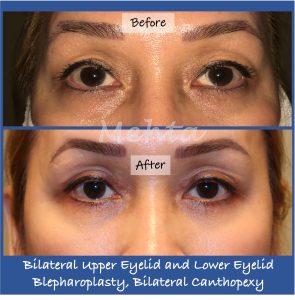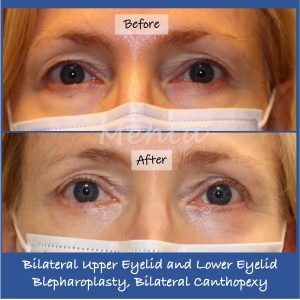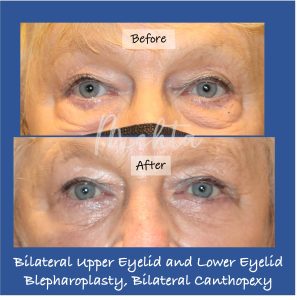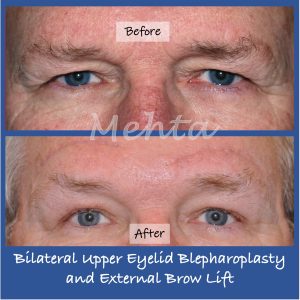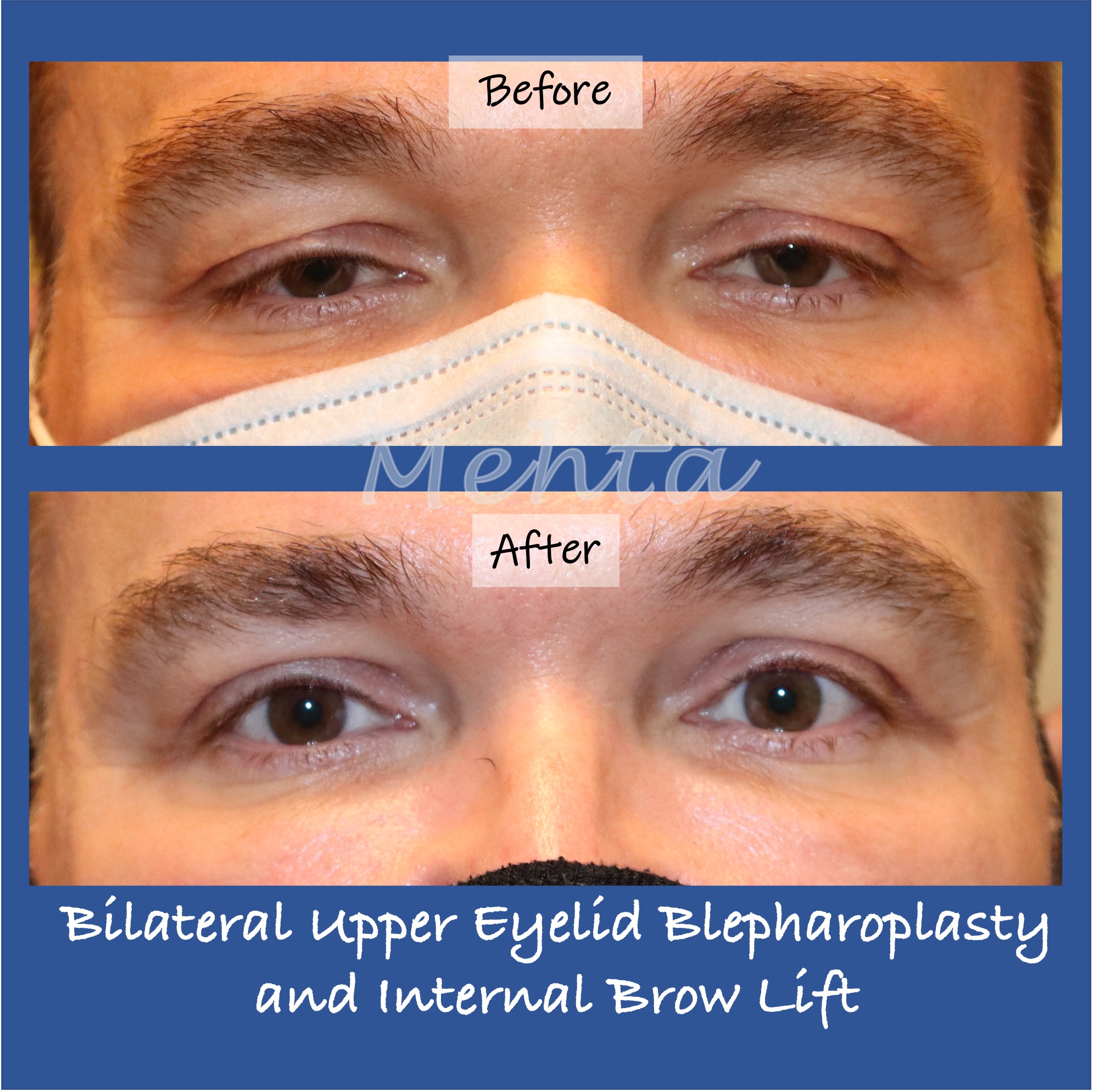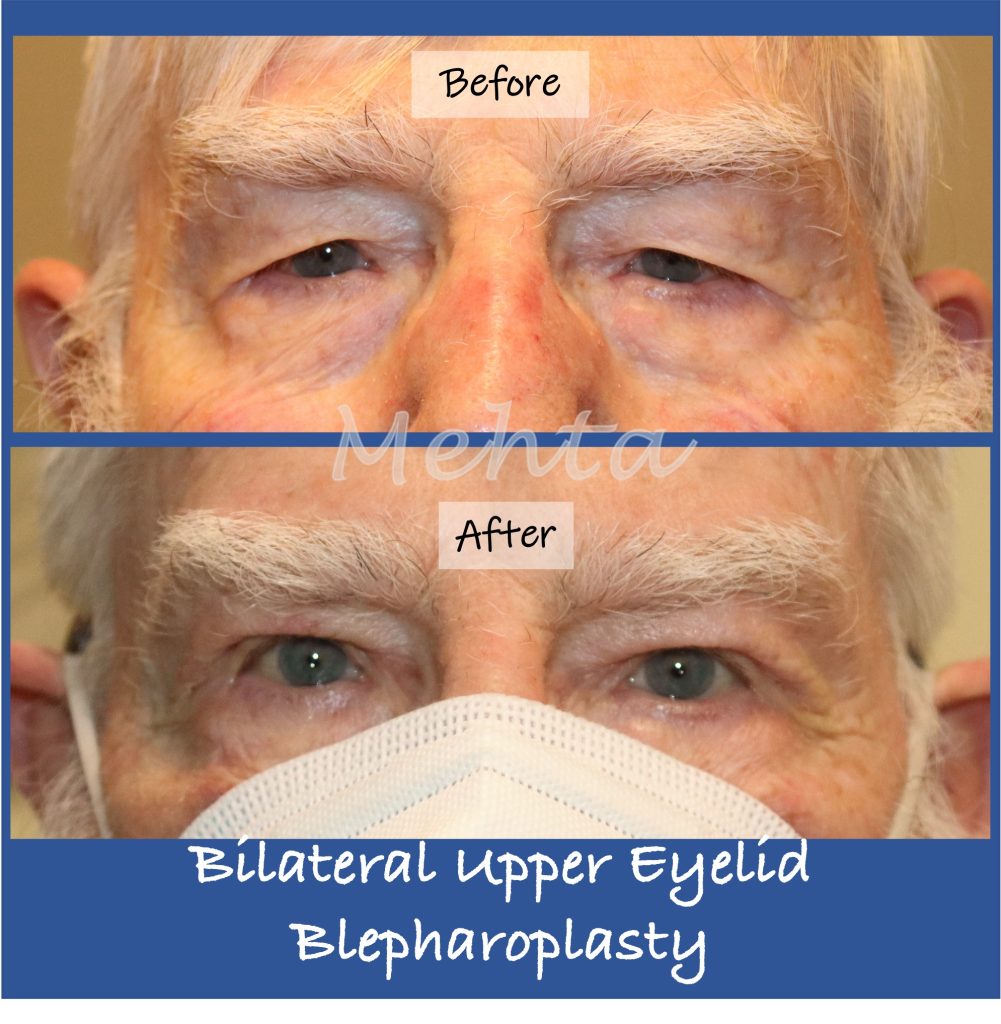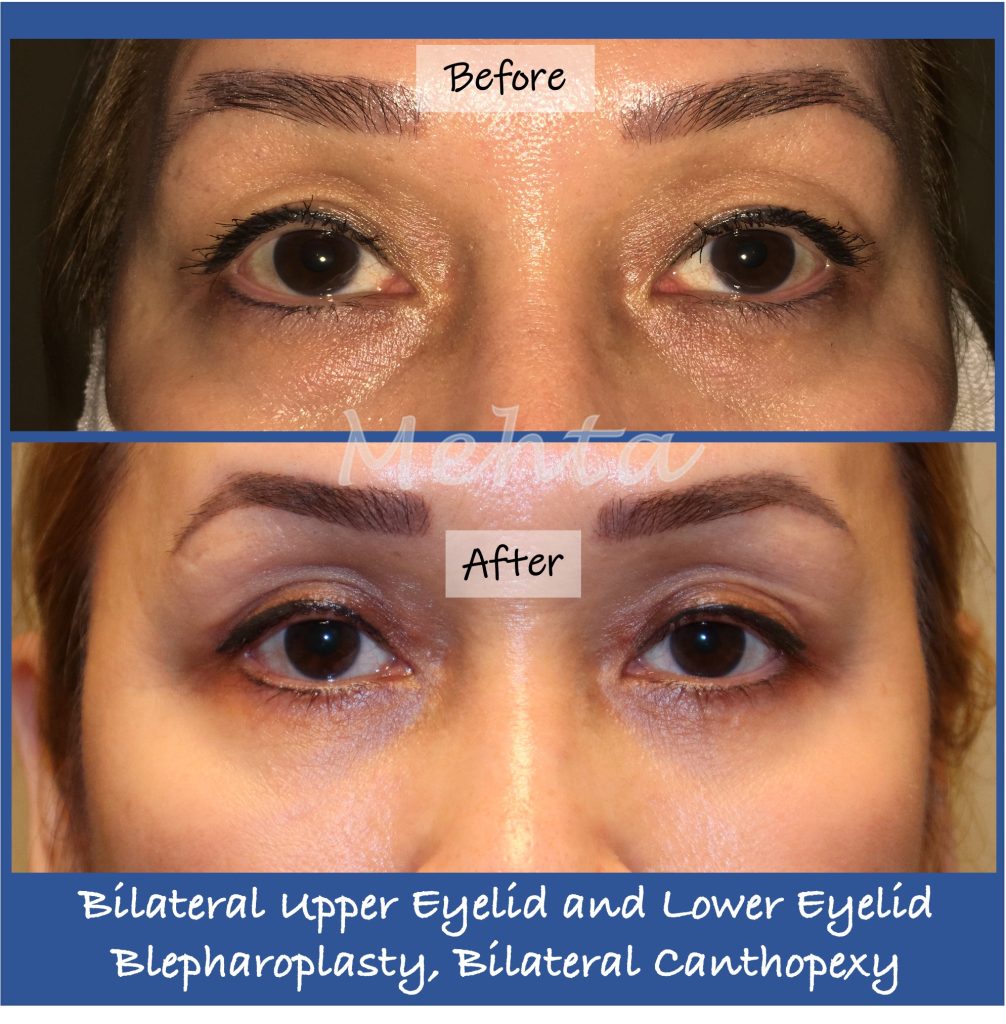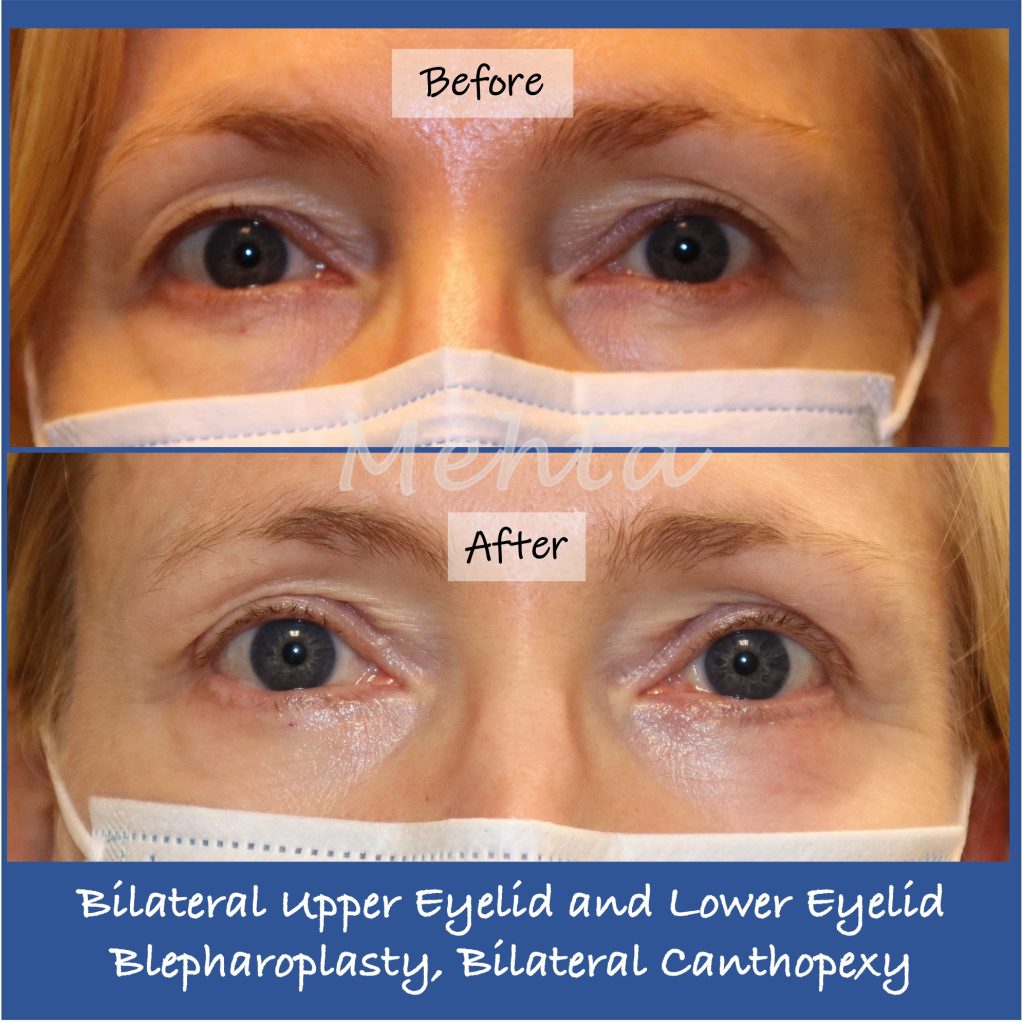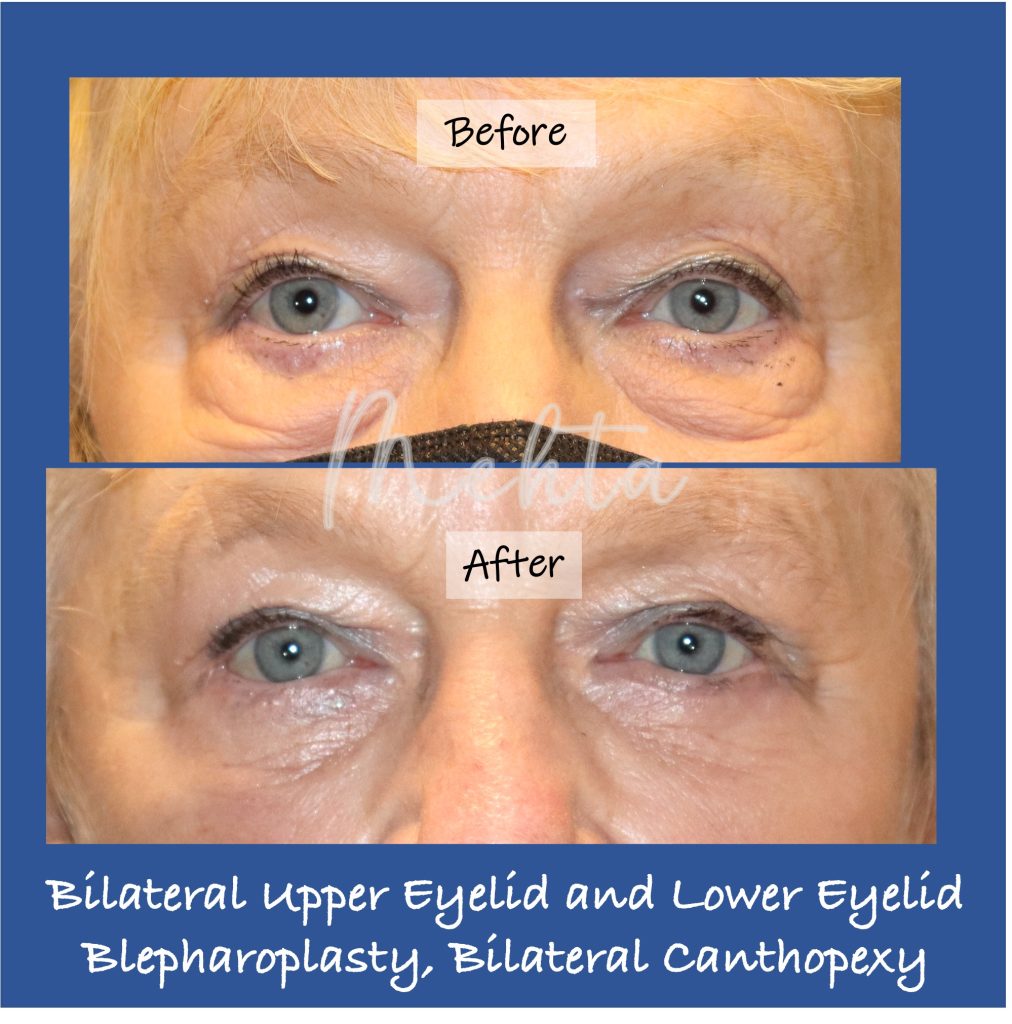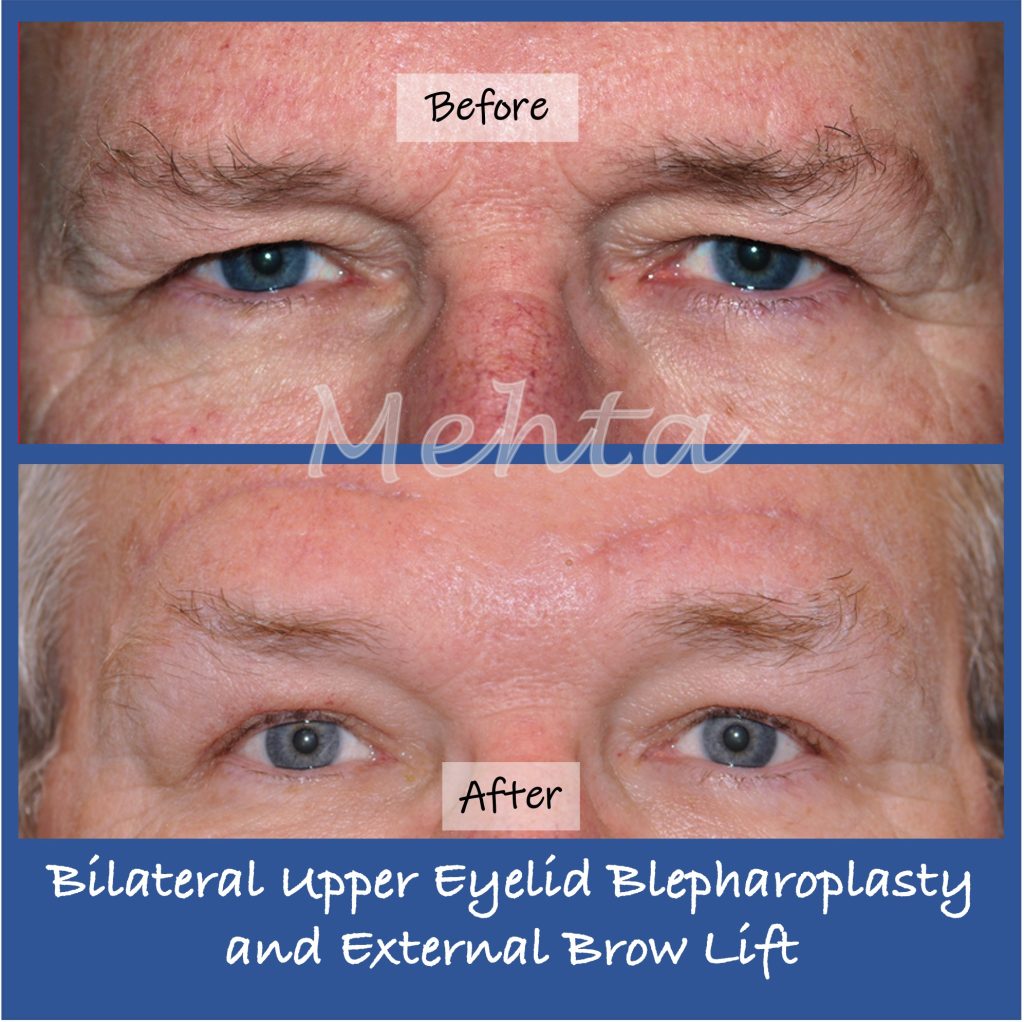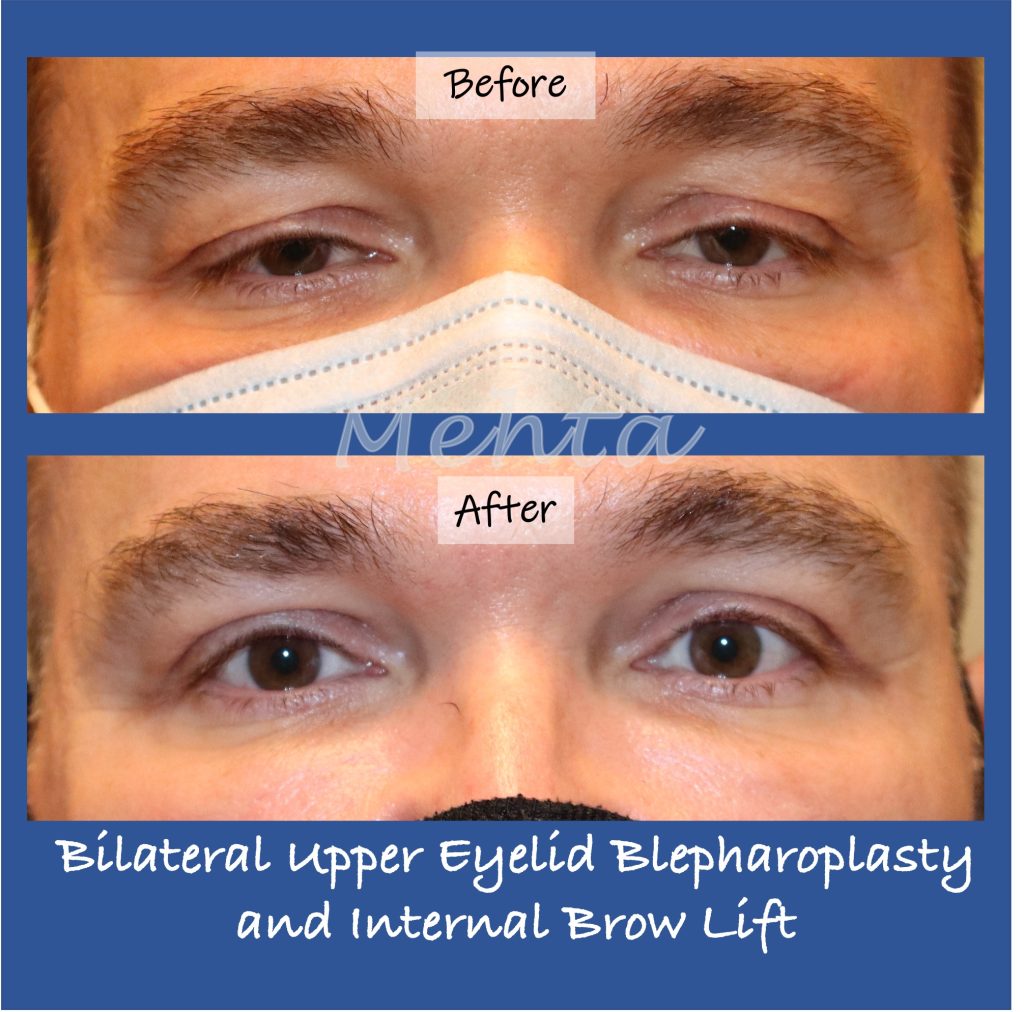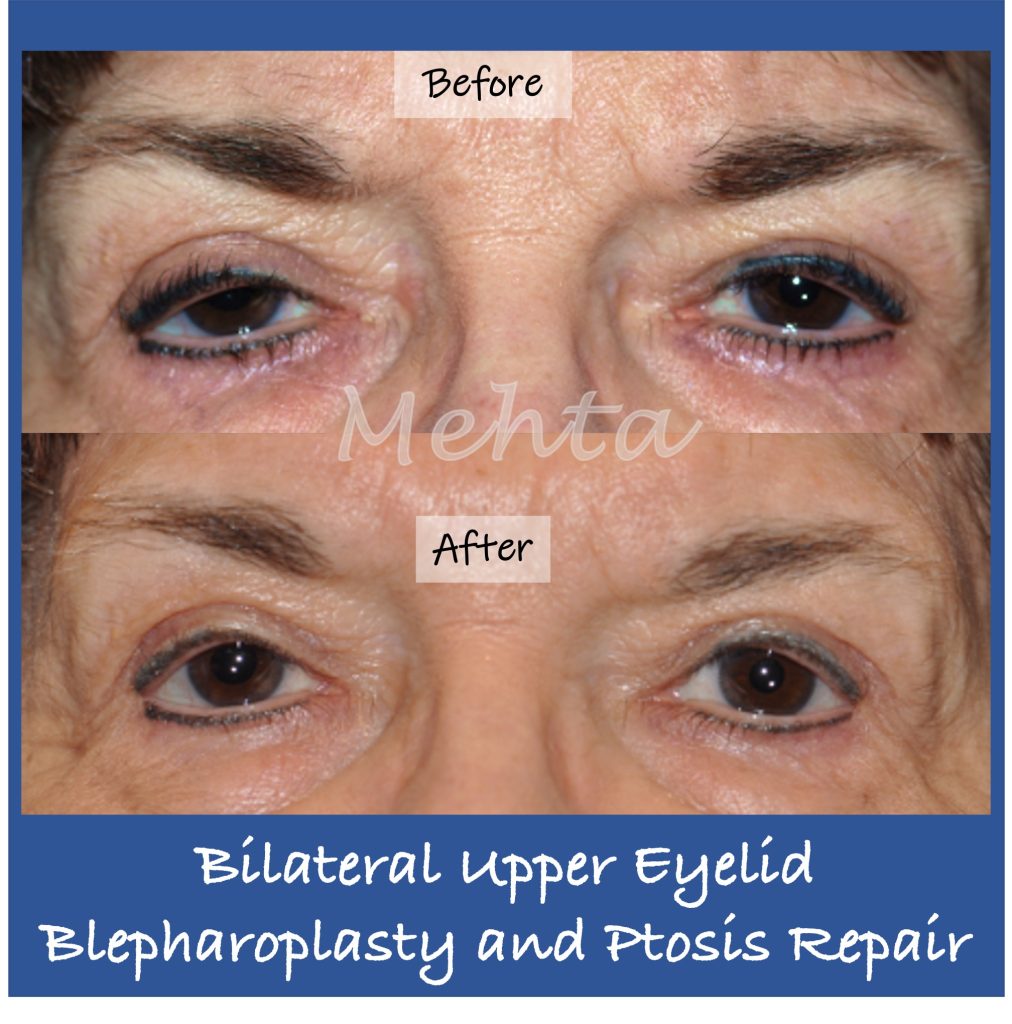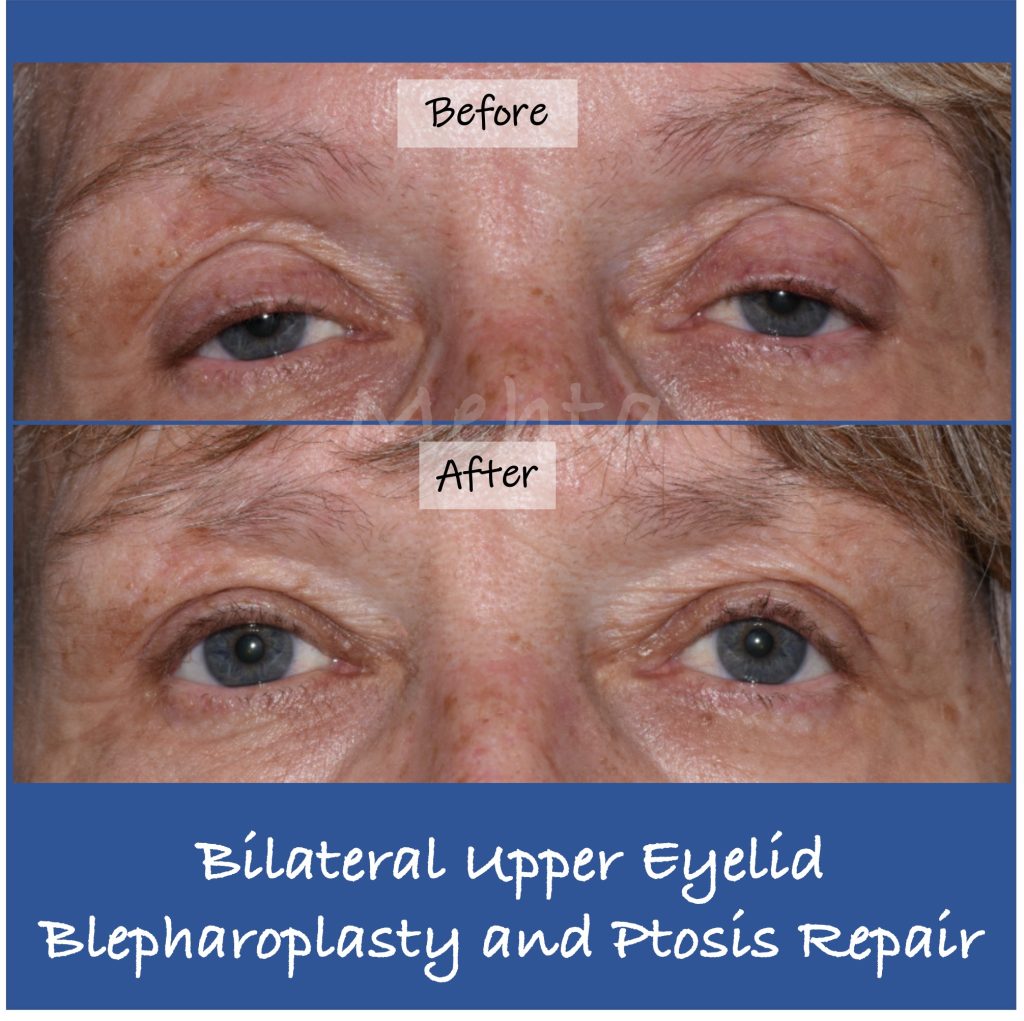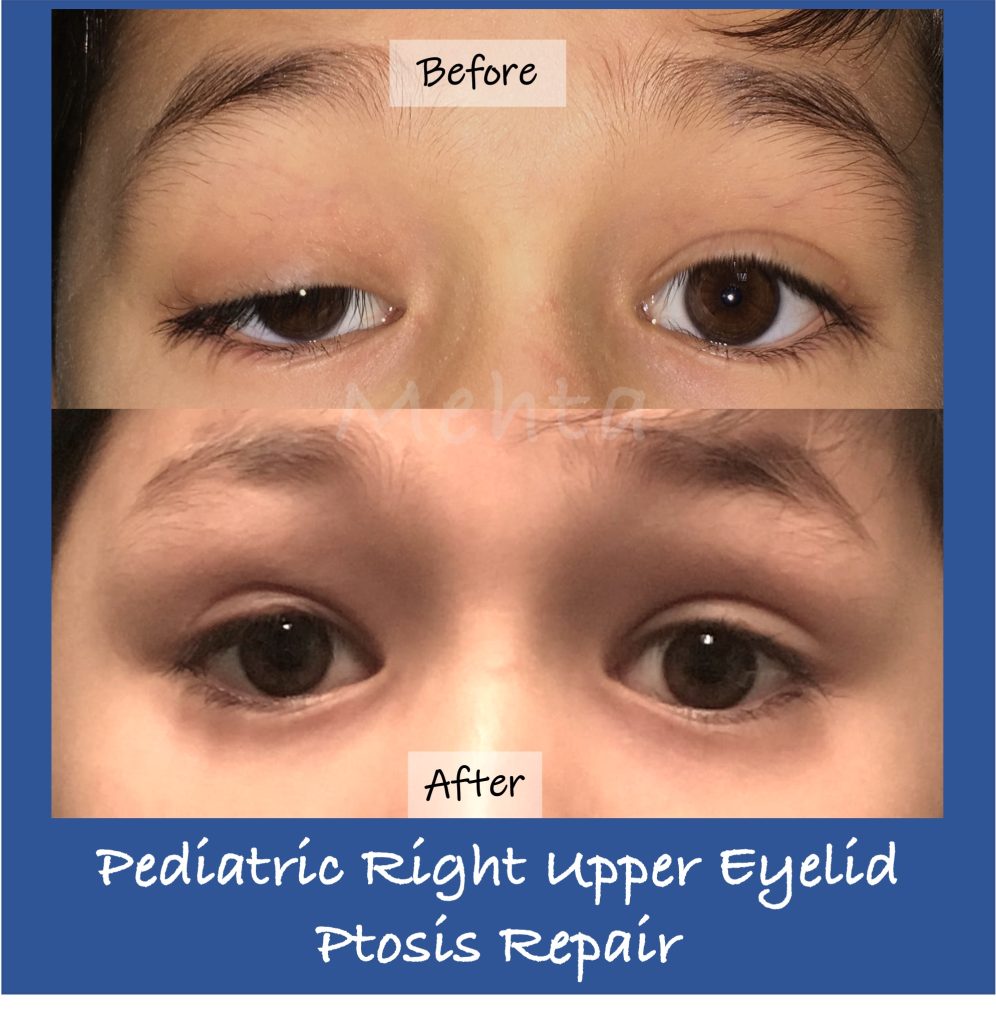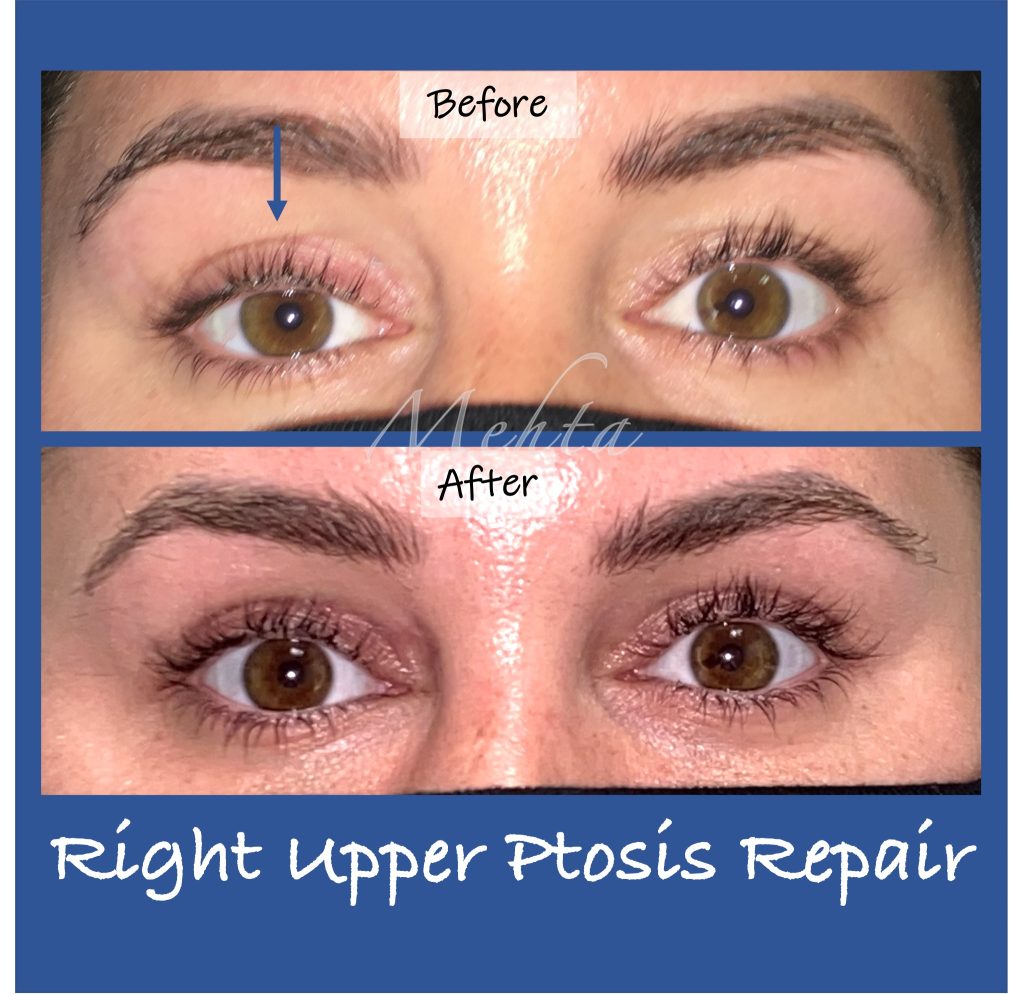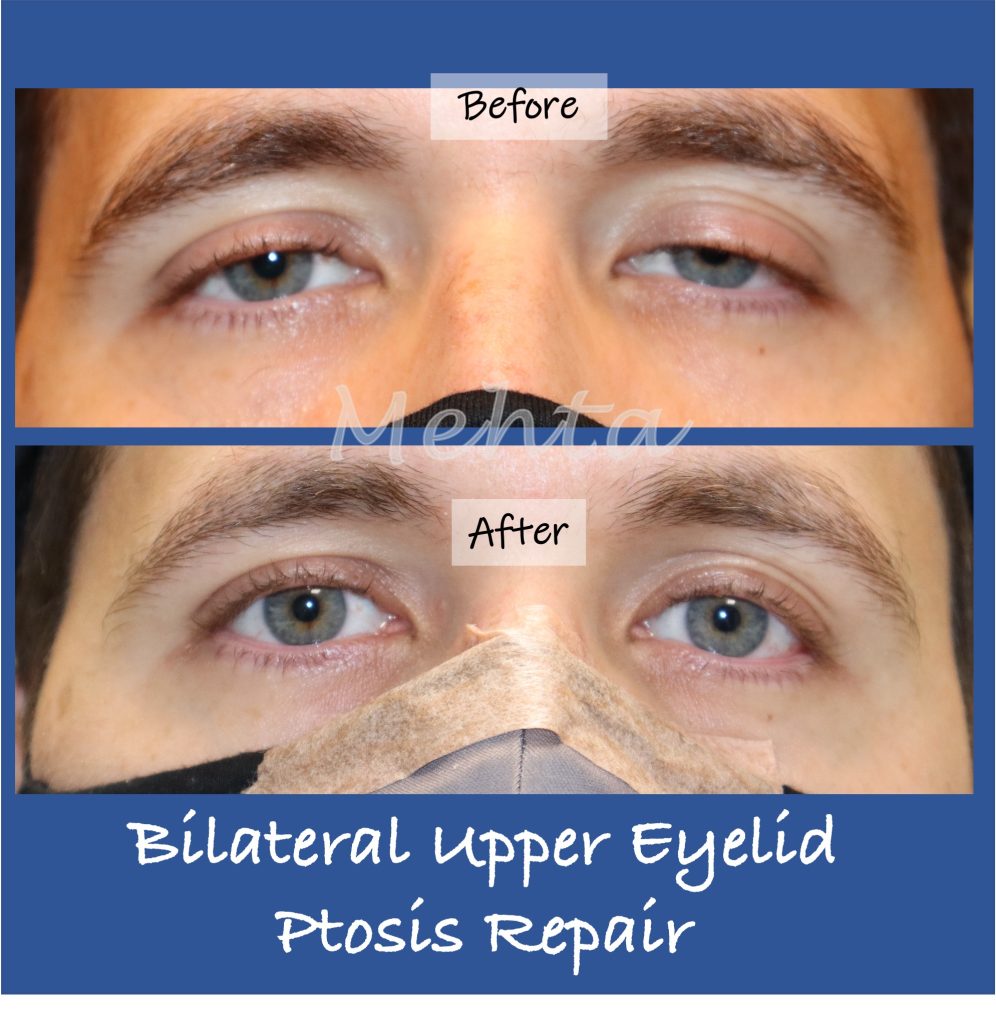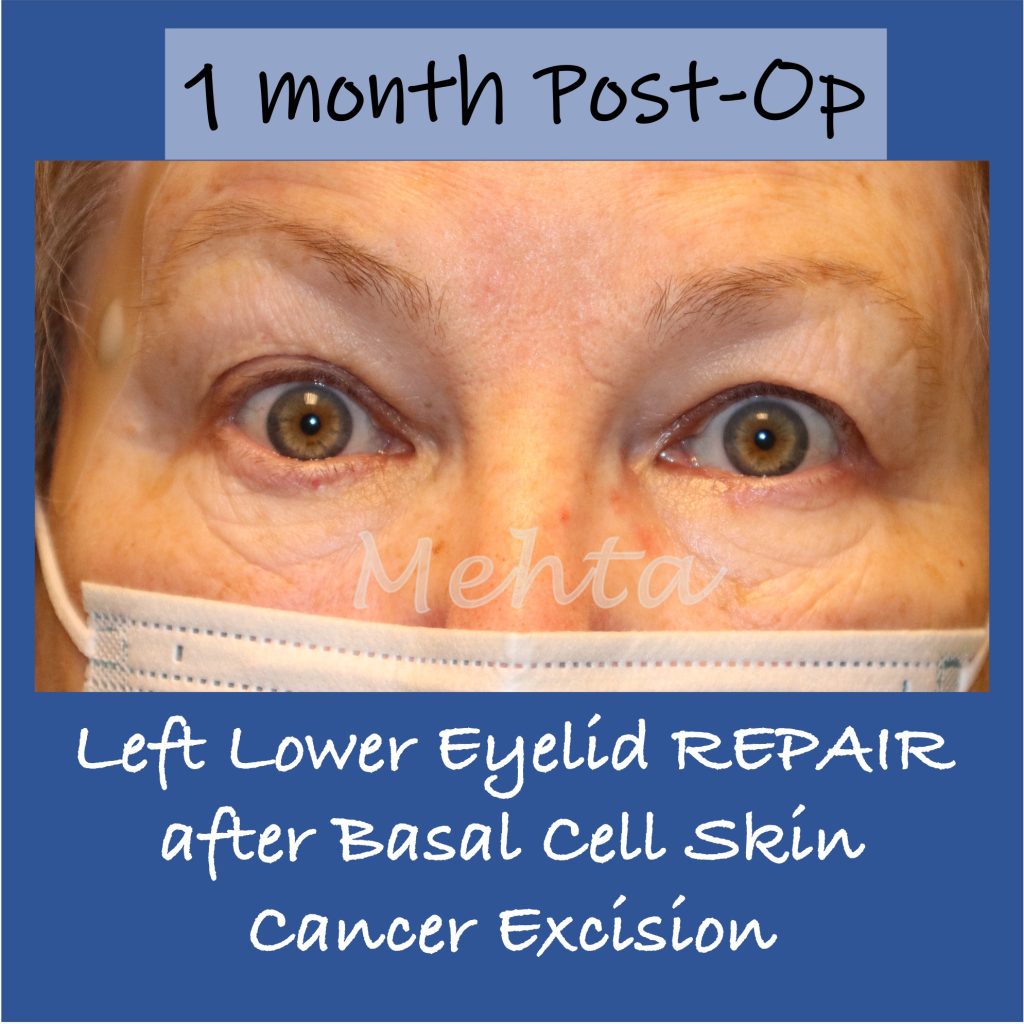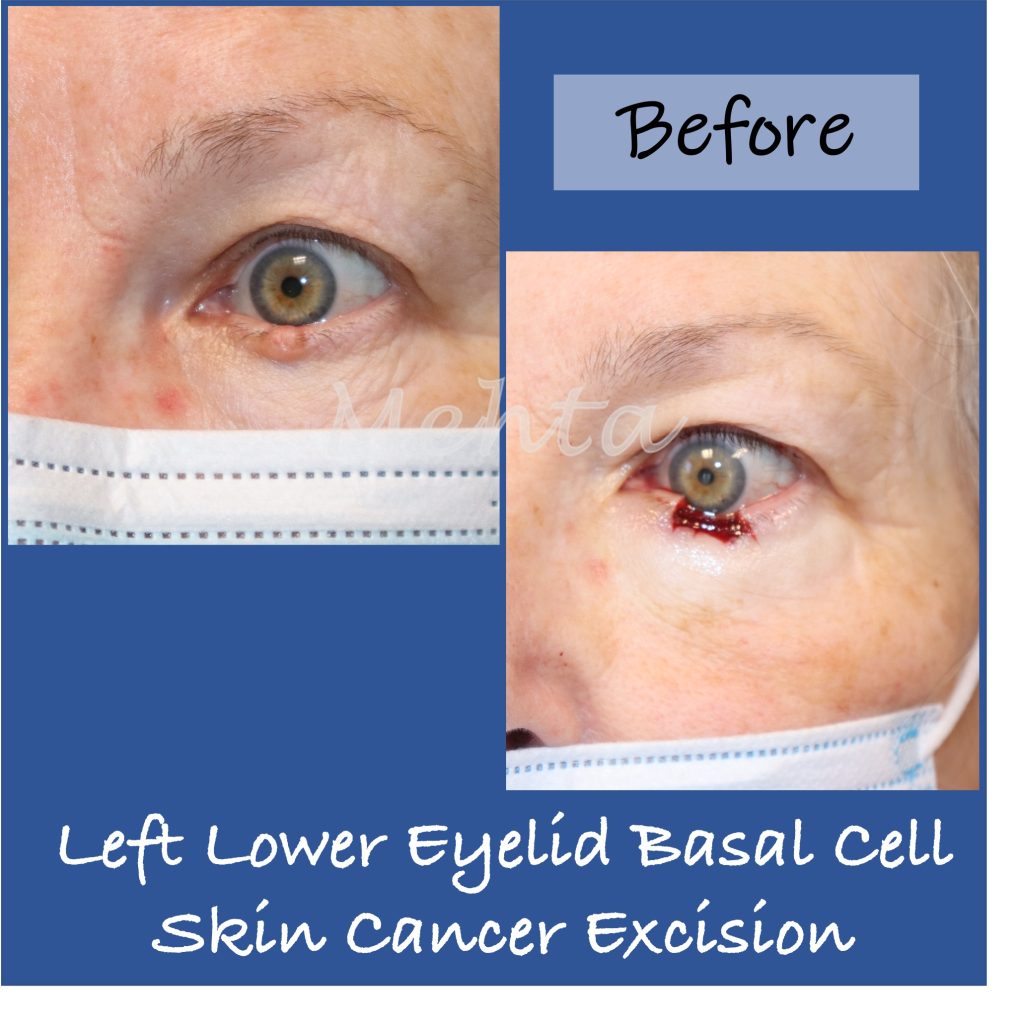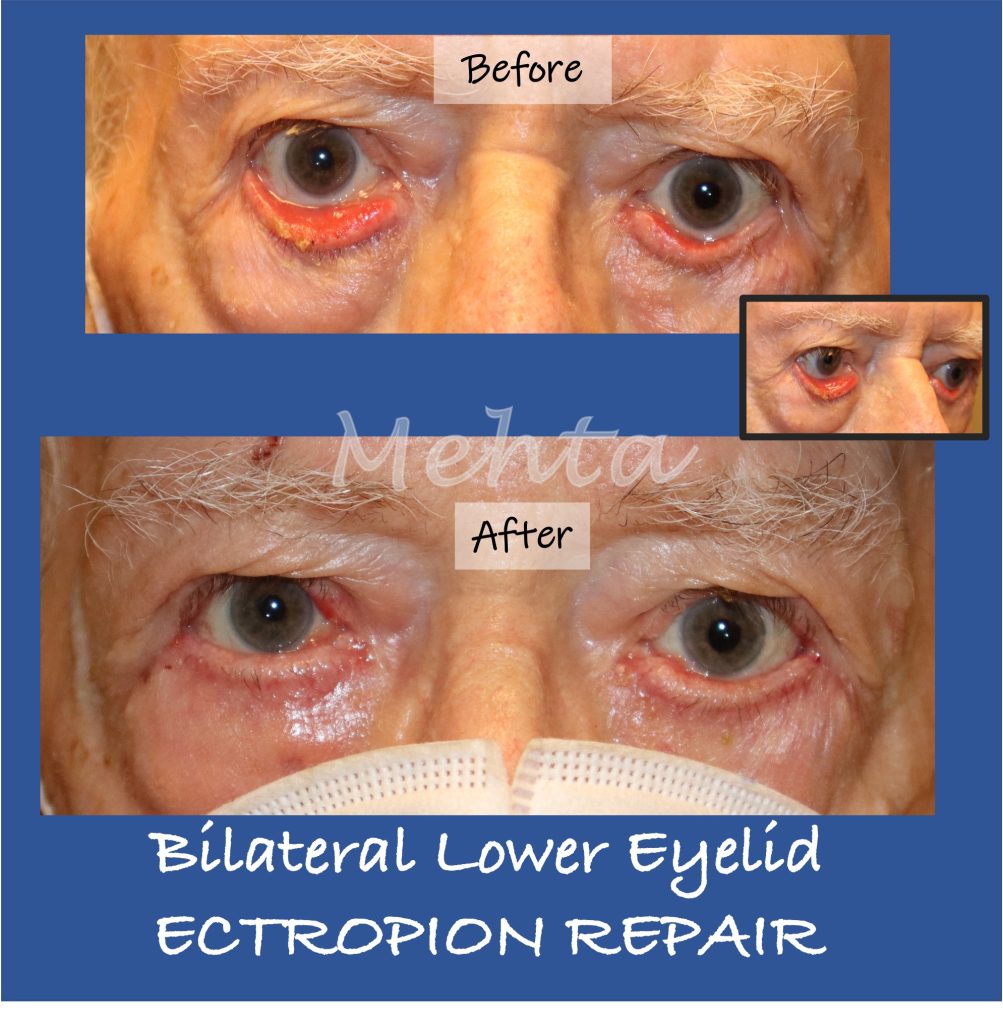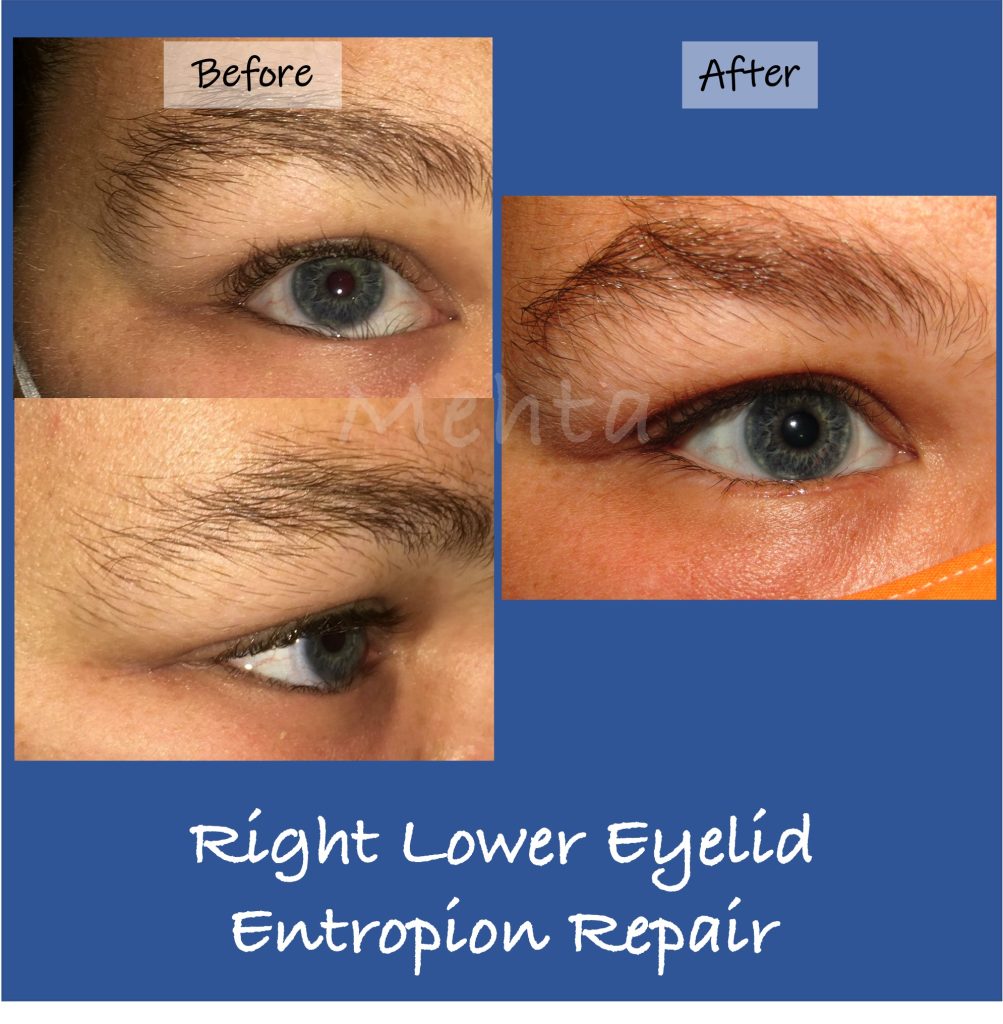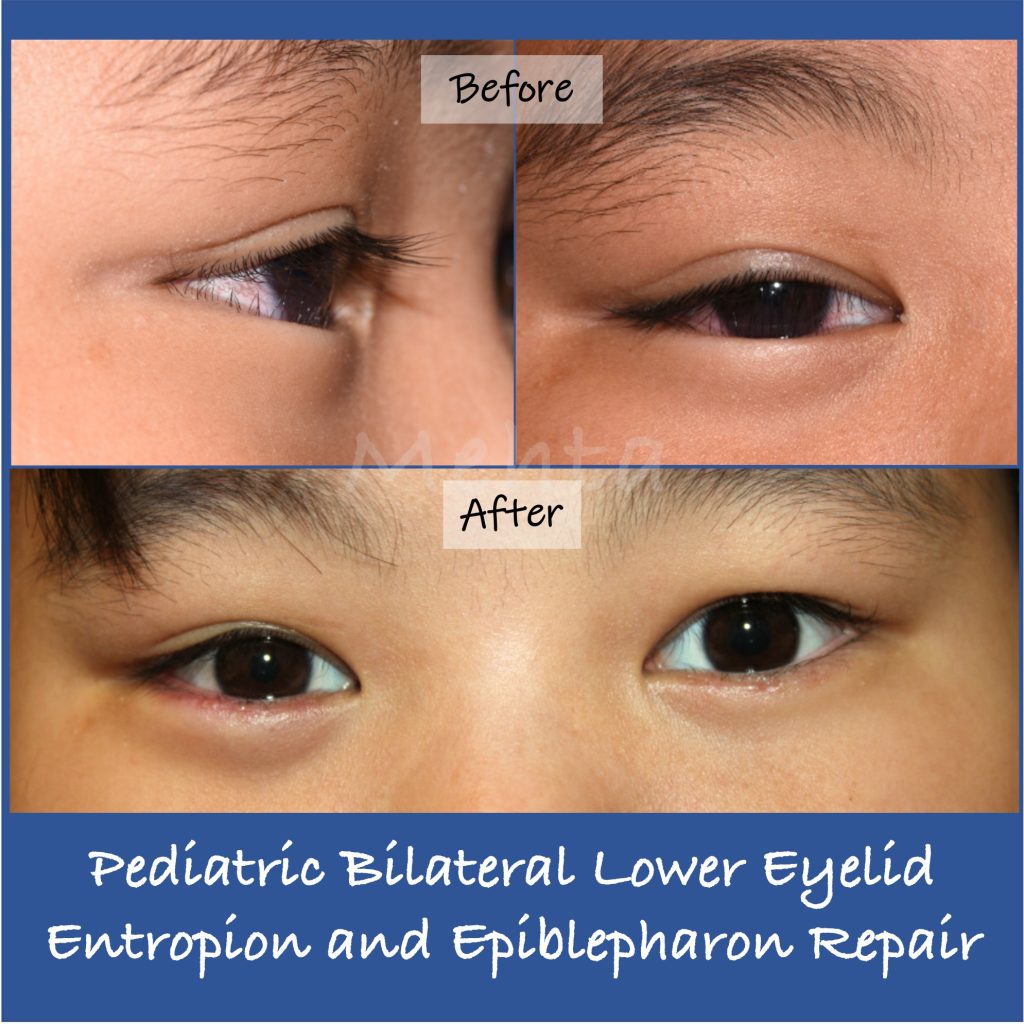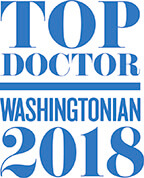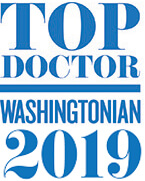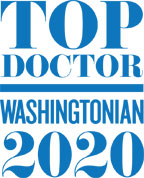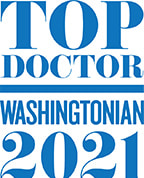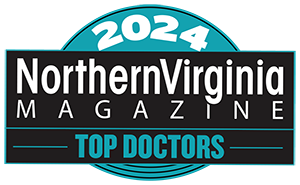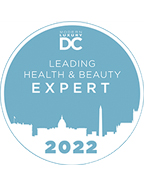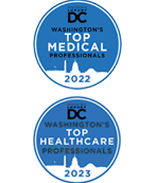
Led by Dr. Viraj Mehta, MD, one of the Washington Metropolitan area’s most highly regarded oculoplastic surgeons, See Clearly Vision offers patients an extensive range of cosmetic, corrective and reconstructive surgery of the eyelids and surrounding areas.
Whether a patient is seeking medical or cosmetic services, Dr. Mehta and our team address each person’s particular needs and strive to achieve a natural, harmonious look to complement one’s unique features. Because of the specialized function and anatomy of the orbital area, it is essential to have a skilled oculoplastic surgeon perform these services.
What is Oculoplastic Surgery?
Oculoplastic surgery is a highly specialized field that encompasses cosmetic and reconstructive surgery of the eyelids and surrounding areas. It includes a wide range of aesthetic and medical services, such as surgery of the upper and lower eyelids, eyebrows, and orbital areas (including tear duct surgery, thyroid eye disease, orbital fractures and tumors). It also encompasses facial rejuvenation procedures such as Botox®, facial fillers and various skincare treatments. Whether a patient is seeking medical or cosmetic services, our goal is to address each person’s particular needs while simultaneously achieving a natural, harmonious look to complement each individual’s features. Because of the unique function and anatomy of the orbital area, it is essential to have a skilled oculoplastic surgeon perform these services.
Why Choose See Clearly Vision for Your Oculoplastic Surgery?
See Clearly Vision’s Dr. Viraj Mehta, MD, specializes in the diagnosis and management of oculofacial surgery, complex oculofacial reconstruction, orbital and lacrimal surgery, and trauma in both children and adults. In addition, he is trained in minimally invasive aesthetic procedures like Botox, fillers, chemical peels, and lasers, as well as cosmetic surgery including eyelid blepharoplasty, browlifts, and facelifts. Additionally, Dr. Mehta is passionate about patient care, medical education, innovations in healthcare technology, and healthcare policy.
Blepharoplasty
Upper Eyelid Blepharoplasty (Eyelid Lift)
Over time, the thin layer of skin that surrounds the eyes may sag. This often results in making one appear tired and older. The drooping skin may also interfere with the field of vision. To recapture a refreshed, youthful appearance, and ensure full peripheral vision, an eyelid lift, also known as blepharoplasty, may be performed to remove excess skin from the upper eyelids, lift sagging eyelids, or address fatty pockets and excess skin under the eyes. A blepharoplasty may be performed alone or in conjunction with other procedures to achieve rejuvenation of the periocular region and improve a patient’s field of vision.
Blepharoplasty is an outpatient procedure that typically is done with sedation and local anesthetic. An incision is made in the creases of the natural upper eyelid to remove excess skin and fat. If the eyelid is drooping due to muscle laxity, the muscle can be tightened to raise the eyelid. Bruising is usually minimal and patients may expect to return to work in approximately one week.
Lower Eyelid Blepharoplasty (Dark circles, puffy pockets and loose skin)
There are a host of changes that occur to the lower lids over time, exacerbated by genetics, sun damage and other environmental factors. Skin laxity, fat prolapse, eyelid laxity, hollow depressions and mid-face descent all lead to various eyelid appearances. Each patient requires a thorough evaluation to determine which factors contribute to their appearance. A procedure called a lower eyelid blepharoplasty can help to address these various aging changes. Through either an internal and/or external eyelid incision beneath the lashes, skin can be tightened, fat can be removed or contoured and the eyelid can be supported to help improve the overall appearance. In some cases, a medium depth acid peel will be performed in conjunction to help with skin tightening. This surgery can be done in combination with upper eyelid or eyebrow surgery and is typically performed with sedation and local anesthesia.
Brow Lift or Forehead Lift
A heavy or drooping brow can lead to hooding of the upper eyelids. Depending upon the severity of the droop, there are effective non-surgical and surgical techniques that can restore the brow and forehead to their appropriate anatomical position.
When there is a mild degree of drooping, botulinum toxins such as Botox can be injected into the brow area to help elevate the brow. This helps create a rejuvenated and refreshed appearance without significant surgery. In addition, dermal fillers such as RHA or Restylane may aid in elevation of the brow and help to rejuvenate the eye area. These dermal fillers can last 8 months to 1 year.
When there is more severe brow drooping, a surgical brow lift is sometimes the best option. There are a variety of methods used to raise the brow depending on the severity of droop, each with their advantages and disadvantages.
Temporal Brow Lift
As we age the lateral, outer brow (temple area) is the first area to droop and creates a hood on the outer eyelid. If the middle portion of the brow is in an appropriate position, a temporal brow lift can selectively elevate the temporal brow to rejuvenate the brow and area around the eye. The incision is hidden in the scalp just in front of or behind the hair line. The brow is then elevated using several internal sutures or another fixation device. The temporal brow lift leads to a rejuvenated appearance and decreases the amount of lateral hooding on the upper eyelid. The temporal brow lift procedure is commonly performed with an upper eyelid blepharoplasty.
Endoscopic, Small-Incision Brow Lift
With the endoscopic, small-incision brow lift, the surgeon creates small incisions behind the central hairline to elevate the entire brow. The surgeon then anchors the brow in the optimal position with Endotines (absorbable fixation device) or sutures. This procedure elevates the central and temporal aspects of the brow and can reduce forehead and glabellar (in between the brow) wrinkles. An endoscopic brow lift is also commonly performed with an upper eyelid blepharoplasty.
Coronal Brow Lift
The coronal brow lift elevates the brow and reduces the severity of forehead wrinkles. An incision is first made at the hairline, across the entire forehead from temple to temple, or ear to ear. The brow is then elevated to the optimal position and the excess tissue is carefully removed. The muscles that create forehead wrinkles are then released leading to a more permanent botox-like effect. The incision is then closed in a layered fashion to allow a more permanent elevation of the brow.
Direct Brow Lift
The direct brow lift is the treatment of choice for patients with heavy brows who are not concerned about their forehead wrinkles. The incision is hidden in the brow line or in the wrinkles of the forehead and excess skin is removed to help elevate the brow. After the healing process is complete, the incision lines are often inconspicuous.
Internal Brow Lift
The brow can also be minimally elevated through the hidden eyelid crease incision used for an upper eyelid blepharoplasty. The brow is elevated using suture and aids in the rejuvenation of the tissues surrounding the eyelids.
Where are Brow Lifts performed?
Brow lifts can be performed in the office with the use of local anesthetic in some cases, or at a surgery center or in the hospital for cases requiring anesthesia. These are often combined with other procedures such as Upper Eyelid Blepharoplasty or Lower Eyelid Blepharoplasty. The surgery that best rejuvenates you will depend on your desired effect and your facial anatomy which your surgeon will discuss with you at length.
Ptosis (Weak Upper Eyelid Muscle; Droopy Eyelids)
Ptosis is the drooping of the upper eyelid to the extent it partially covers the pupil. It can affect one or both eyes. As we age, the muscles that hold up our eyelids weaken or loosen and can cause our lids to droop. This results in a tired, sleepy appearance and reduces peripheral vision. Some people experience brow or forehead aches and fatigue at the end of the day from constantly raising their brows to see. Ptosis may also be caused by an injury, birth defect or neurological disorder and is seen in both adults and children. Surgical repair helps improve vision and provides a more vibrant appearance. There are various surgical approaches to address ptosis including an external approach, an internal approach, and even the use of suspension slings in very severe cases. Ptosis surgery is very delicate and requires a thorough understanding of the anatomy and function of the muscle.
Reconstructive Procedures
Eyelid Cancer Reconstruction
Eyelid cancers are usually painless, but can slowly grow and destroy the normal architecture of the lid. They are typically raised and slowly grow, can be light or dark in color, can cause loss of eyelashes, ulcerate and sometimes bleed. Early detection is critical before the damage becomes devastating. Proper excision and meticulous repair ensures eyelid function remains intact. It is important to have any suspicious lesion on or around the eyelid evaluated by an oculoplastic surgeon. If a biopsy proves cancerous, typically Dr. Mehta recommends excision of the cancer so the margins around it are clear. This is followed by reconstruction of the eyelid to achieve proper function and aesthetics. Often Dr. Mehta works with Mohs surgeons, specialized dermatologists who remove skin cancers by carefully clearing the margins, followed by his surgical repair of the area. This will be discussed at length at the consultation so that all questions are answered and a thorough understanding is achieved.
Eyelid Malpositions (Lower lids that turn in or out)
Entropion (Eyelid Turns Inward)
Entropion, a condition in which the lower eyelid turns inward, can cause eye irritation and result in excessive tearing, crusting, mucous discharge and even vision loss. Although most commonly the result of aging and the weakening of the eyelid muscles, entropion may also be caused by a birth defect, eye injury, scarring or tumors.
Patients whose eyelids turn inward can undergo an outpatient surgical procedure to tighten the eyelid and return it to its normal position. For those cases where surgery is not an option, the condition is treated with lubricating drops, ointments and temporary sutures. Since entropion can cause damage to the outer part of the eye, known as the cornea, we strongly suggest an evaluation with our oculoplastic surgeon, Dr. Mehta.
Ectropion (Eyelid Turns Outward)
Ectropion, a condition in which the lower eyelid turns outward, can cause eye irritation and result in excessive tearing, crusting and mucous discharge. Although most commonly the result of aging and the weakening of the eyelid muscles, ectropion may also be caused by a birth defect, eye injury, scarring or skin cancers. An outpatient surgical procedure can be performed to tighten the eyelid and return it to its normal position. To prevent dryness of the cornea, artificial tears and ointments may be prescribed to help keep the eyes lubricated. Since ectropion can cause damage to the outer part of the eye, known as the cornea, we strongly suggest an evaluation with our oculoplastic surgeon, Dr. Mehta.
Thyroid Eye Disease
Thyroid eye disease usually occurs as a result of Graves disease, or hyperthyroidism, but it can also affect hypothyroid or euthyroid patients. Infiltration of the muscles and tissues surrounding the eye can cause poor eye movement, proptosis (bulging of the eyes), malpositioned eyelids and sometimes vision loss. The most common sign of thyroid eye disease is eyelid retraction. Management of patients with this disease is often multidisciplinary and includes endocrinologists, internists, strabismus surgeons, ophthalmologists and oculoplastic surgeons. Patients experiencing severe sight-threatening progression of the disease often require high-dose steroid treatment, radiation therapy or surgery to decompress the eye and preserve sight. Patients may also require surgery to straighten the muscles that move the eye and eyelid. A new medication, TEPEZZA®, is now available to improve the signs and symptoms of Thyroid Eye Disease.
Orbital Fractures and Trauma
Orbital trauma to the eyelids and bony orbits often results from car accidents, sports or blunt force injuries. Such trauma may require surgical repair by an oculoplastic surgeon for optimal functional and aesthetic results. Restoring the bony orbit around the eye is important for eye positioning and vision. Scar tissue from injury or surgery may be unsightly or deform the eyelids. Scarring can cause poor function and closure of the eyelid, notching of the eyelid margin, drooping eyelids, misdirected lashes and irritation to the eye.
Orbital Tumors
Some cancers in other parts of the body can spread to the orbit, the area behind the eye. Primarily, orbital tumors can occur behind the eyes and can be malignant or benign. Often, patients will present with a bulging eye, a palpable mass, pain or double vision. Radiologic imaging is necessary to help identity the type of tumor and surgical excision can be performed. Depending on the tumor, sometimes a referral to a tertiary care university is indicated.
The first step is scheduling your FREE consultation with Dr. Mehta. Call us today at 703-827-5454 to schedule or learn more!

